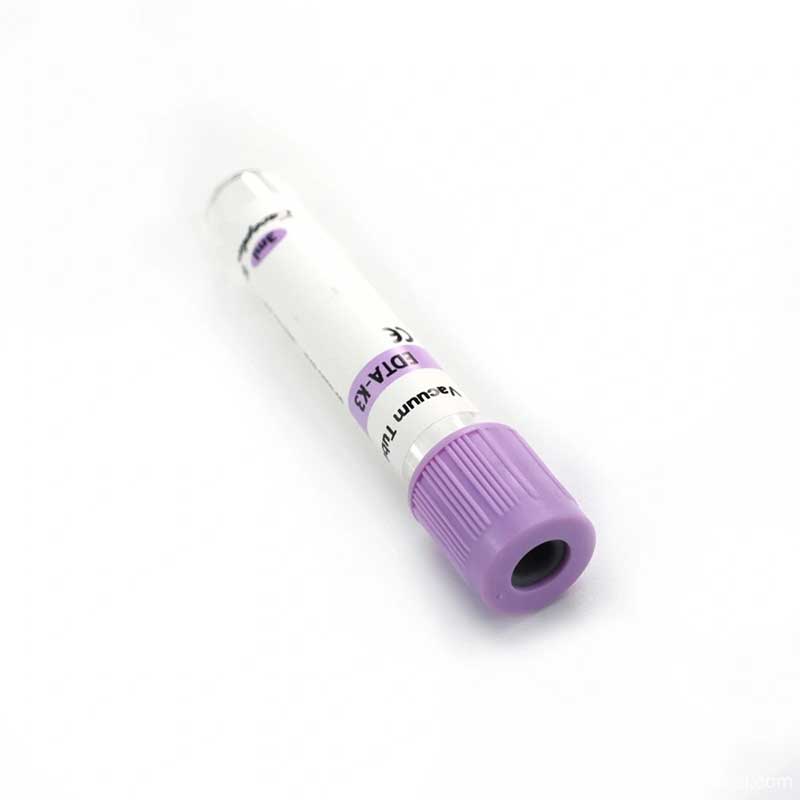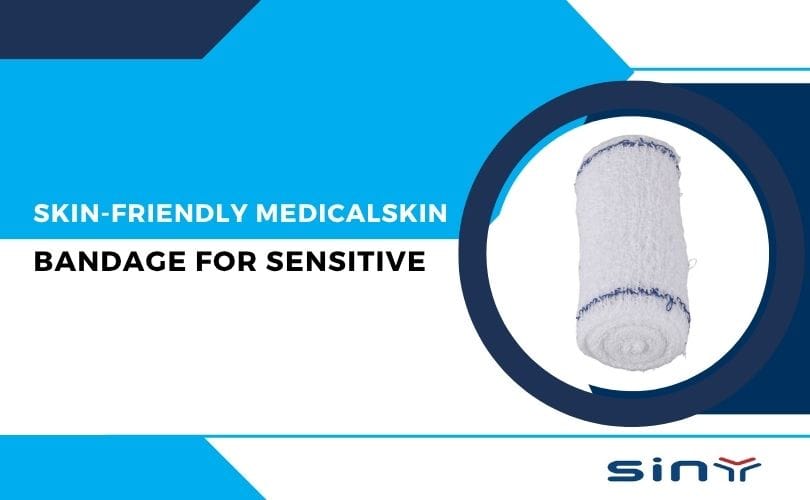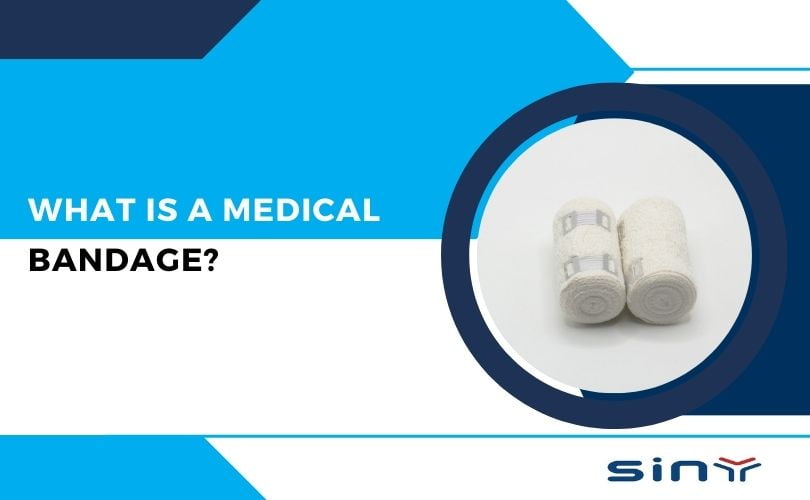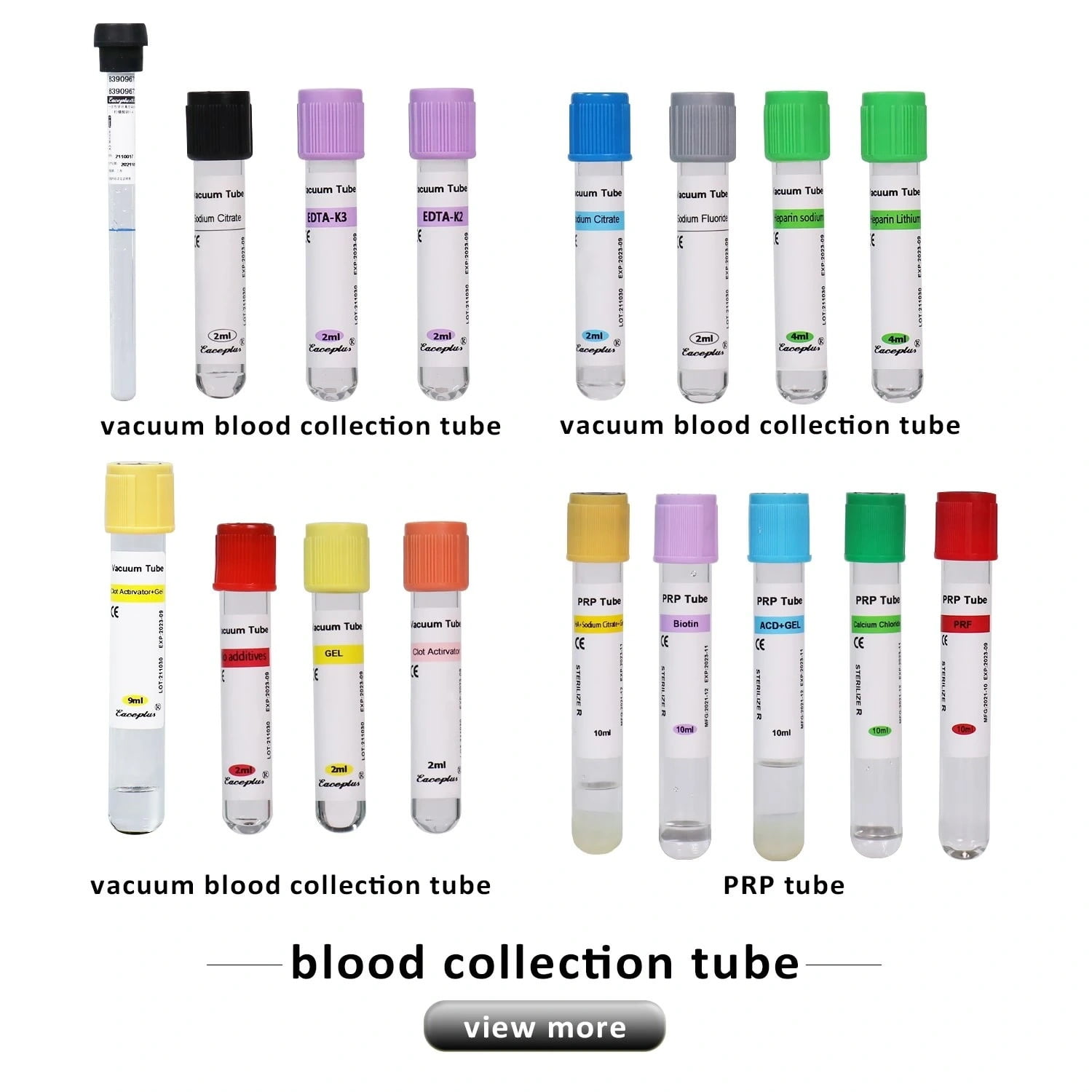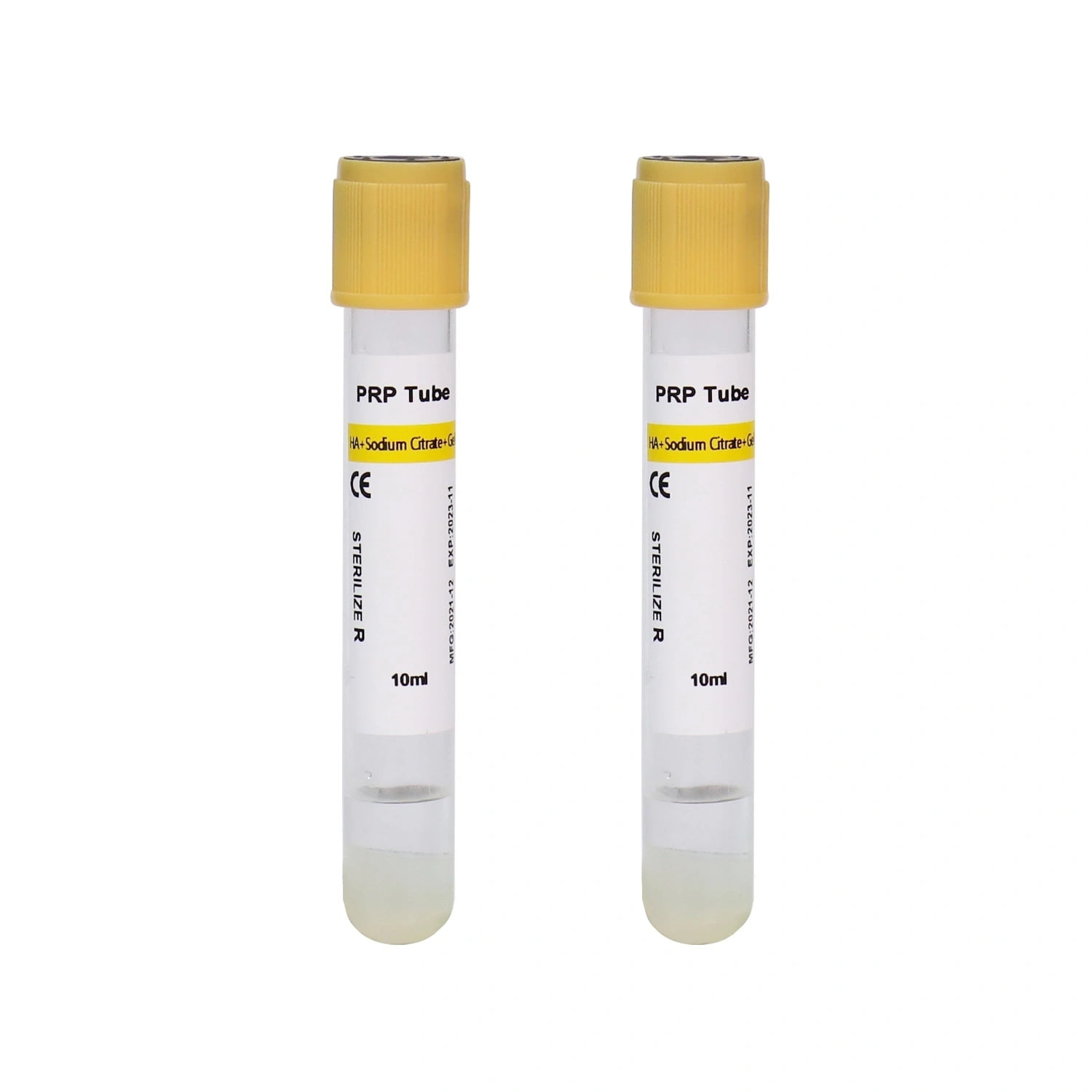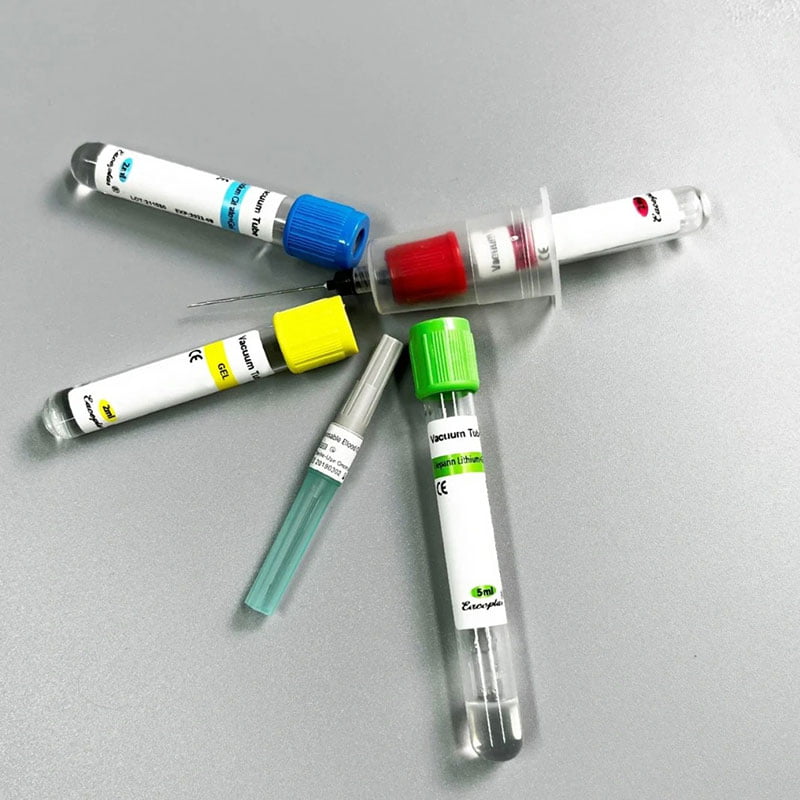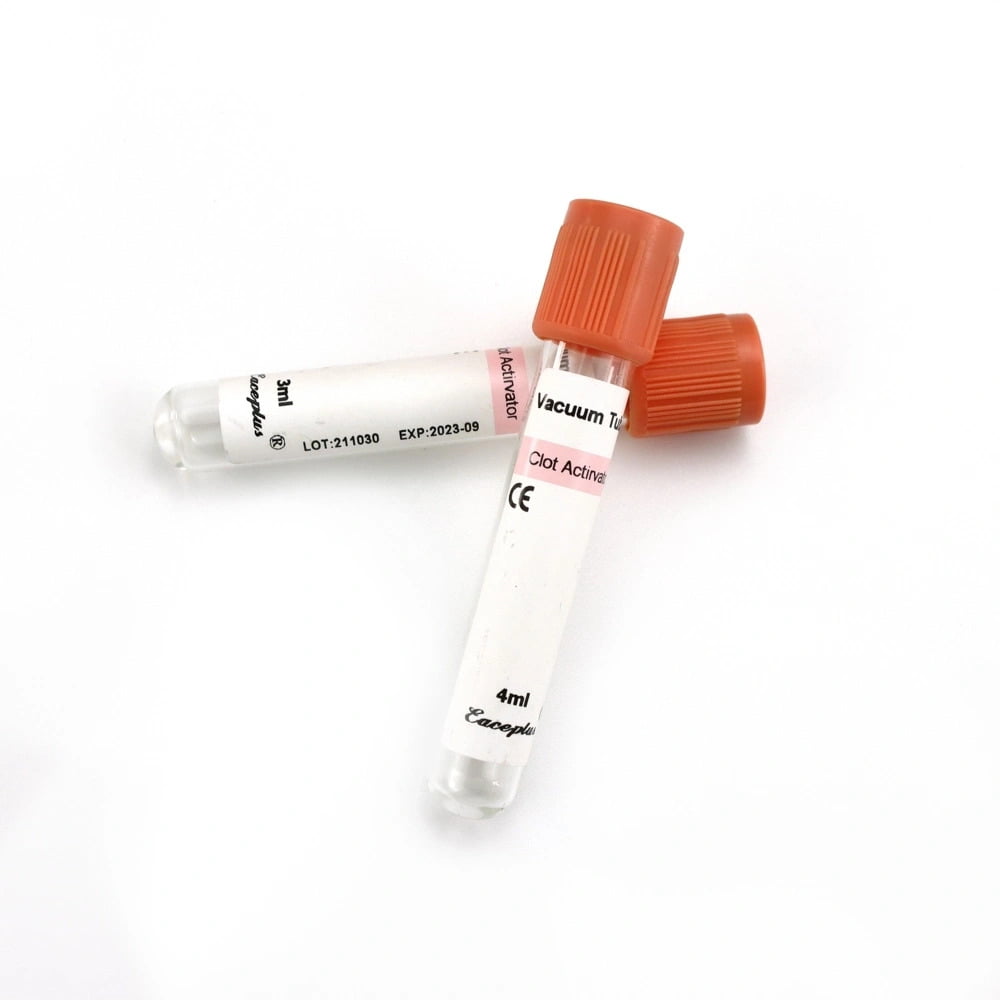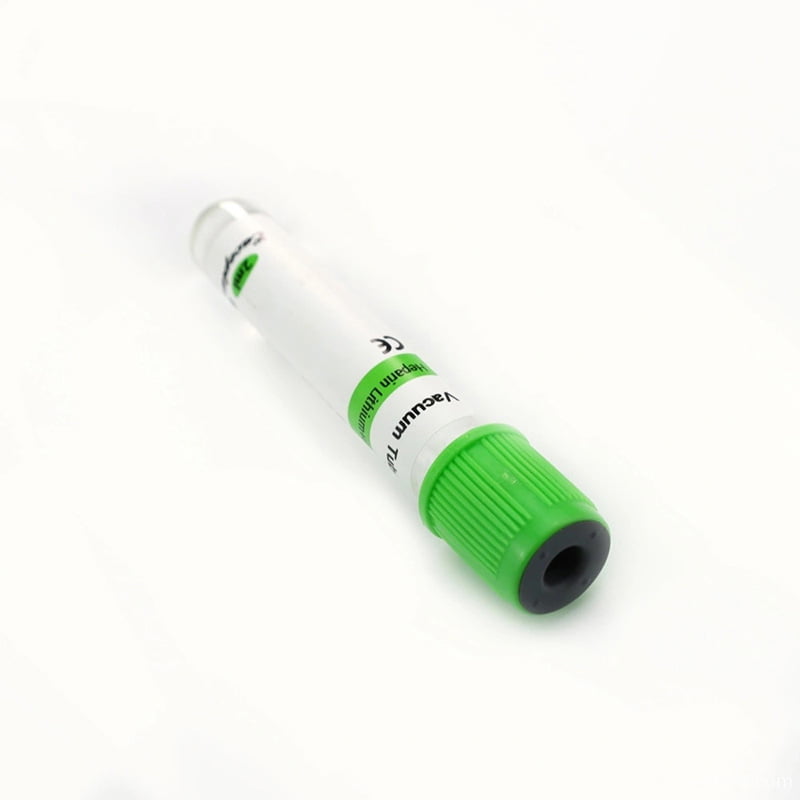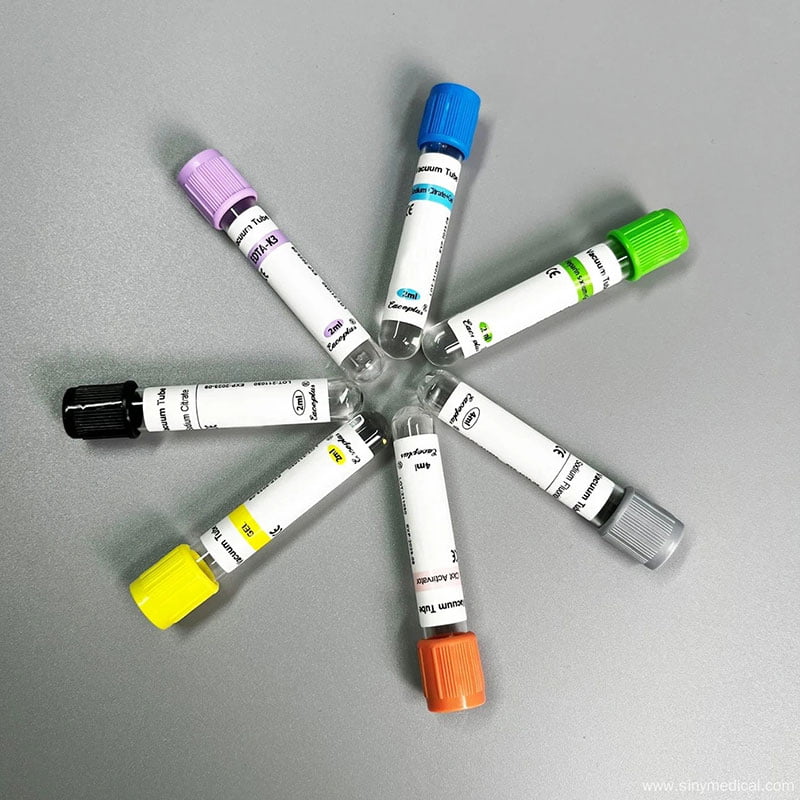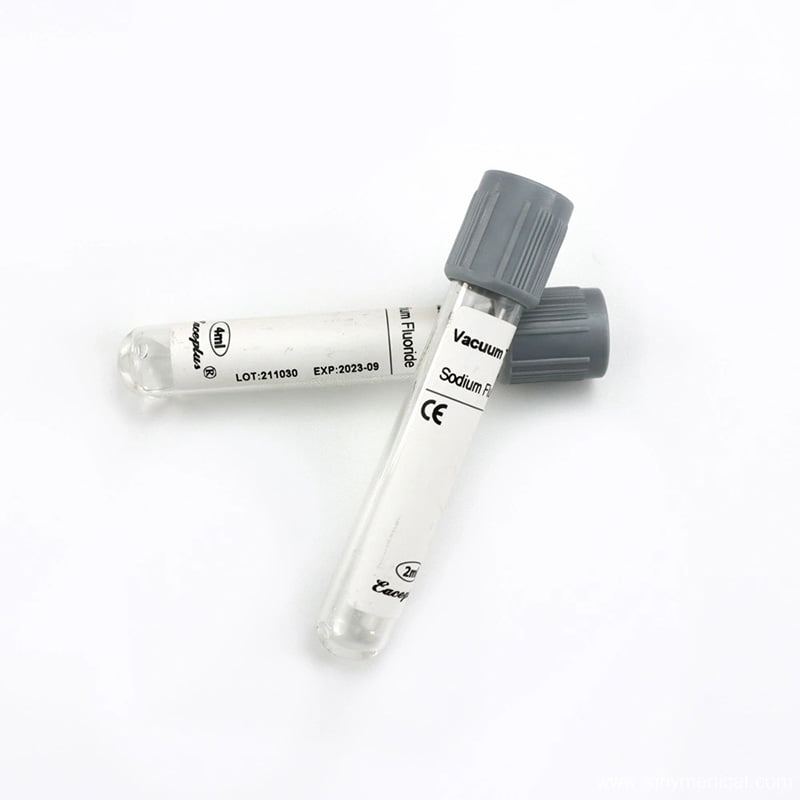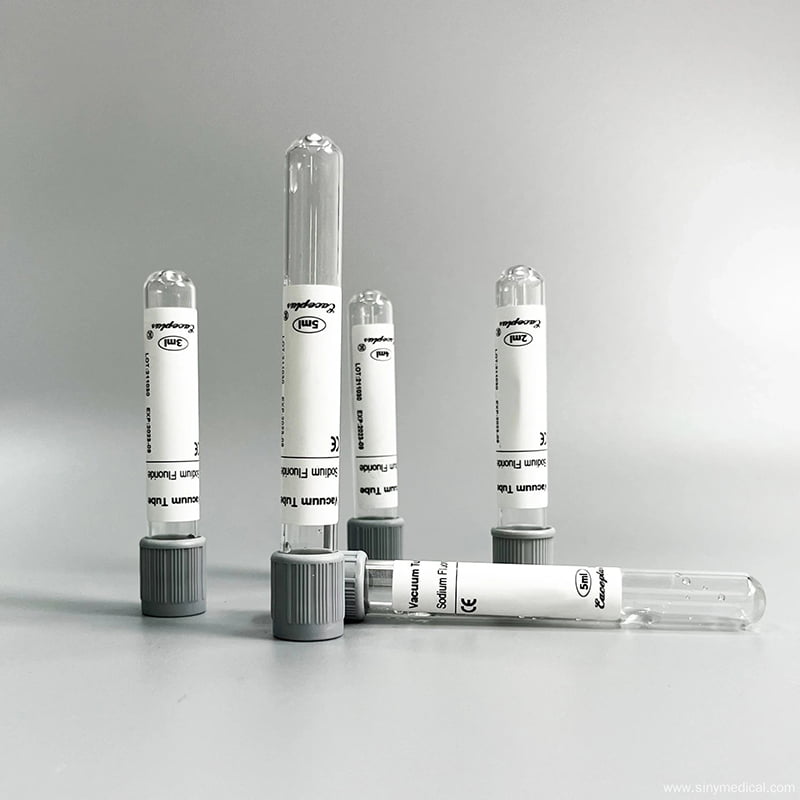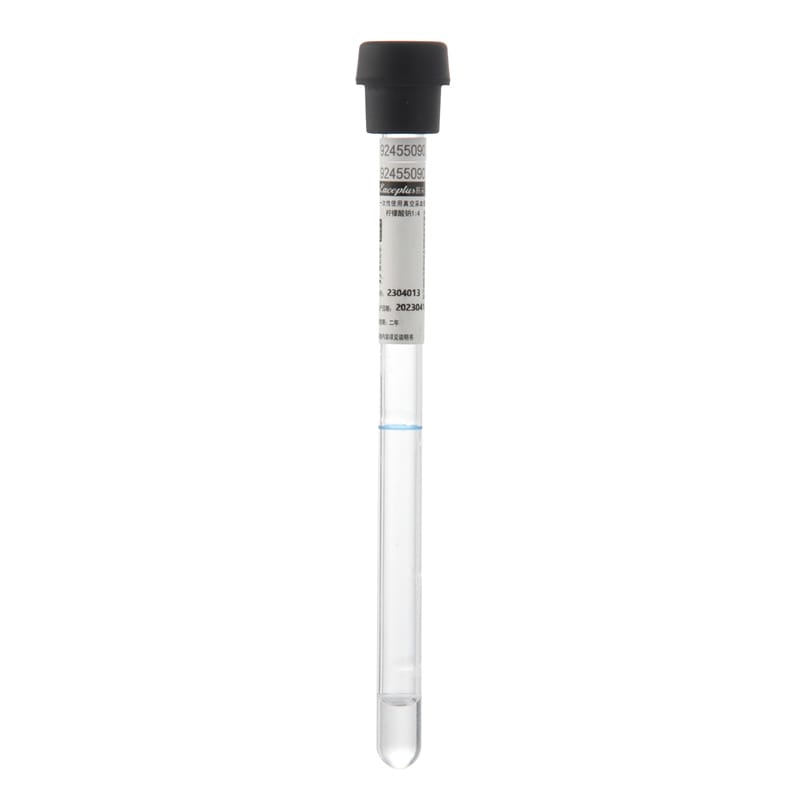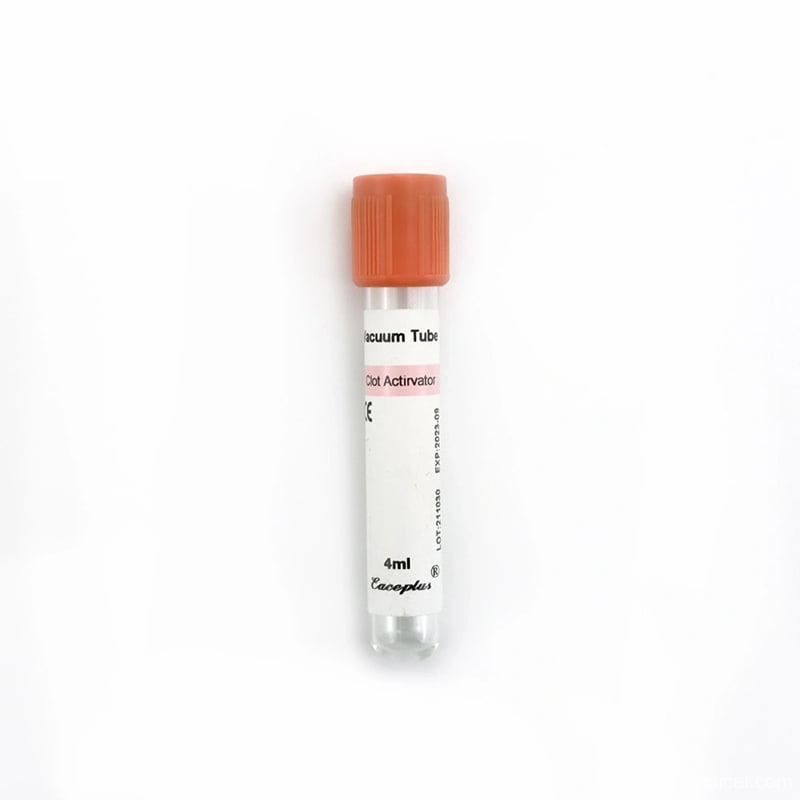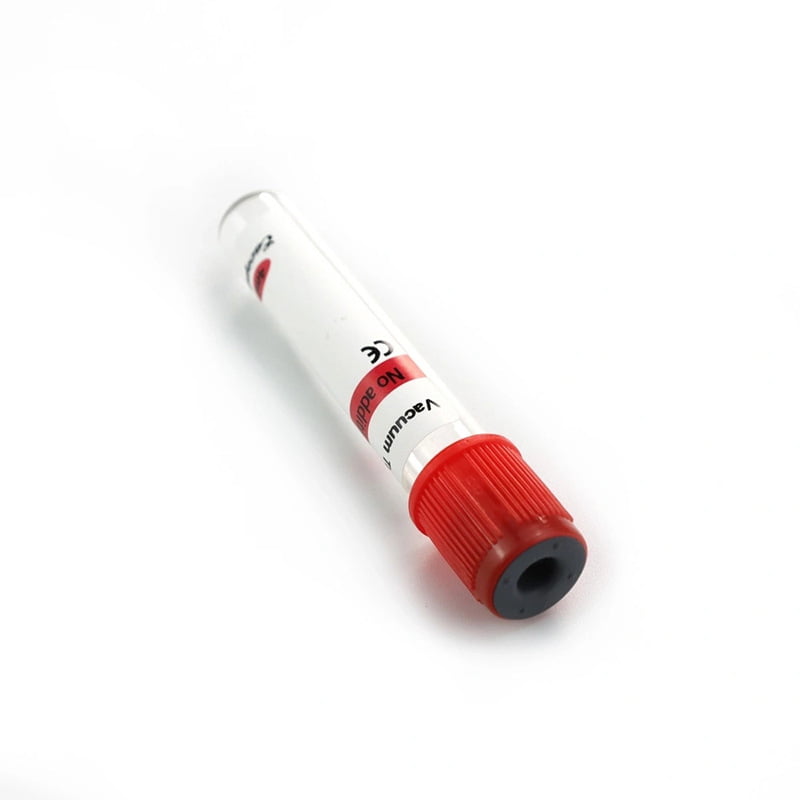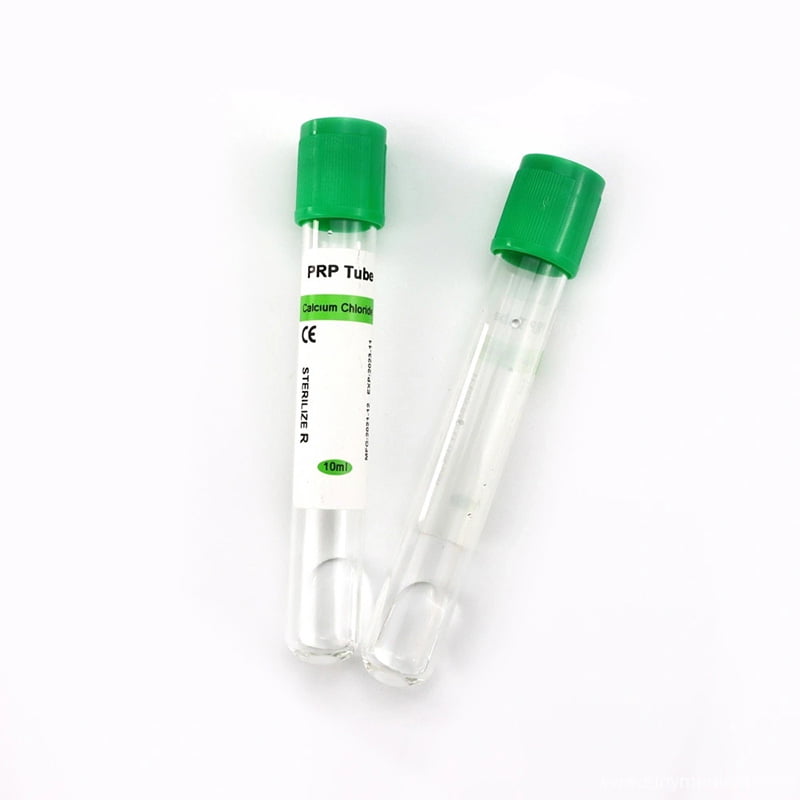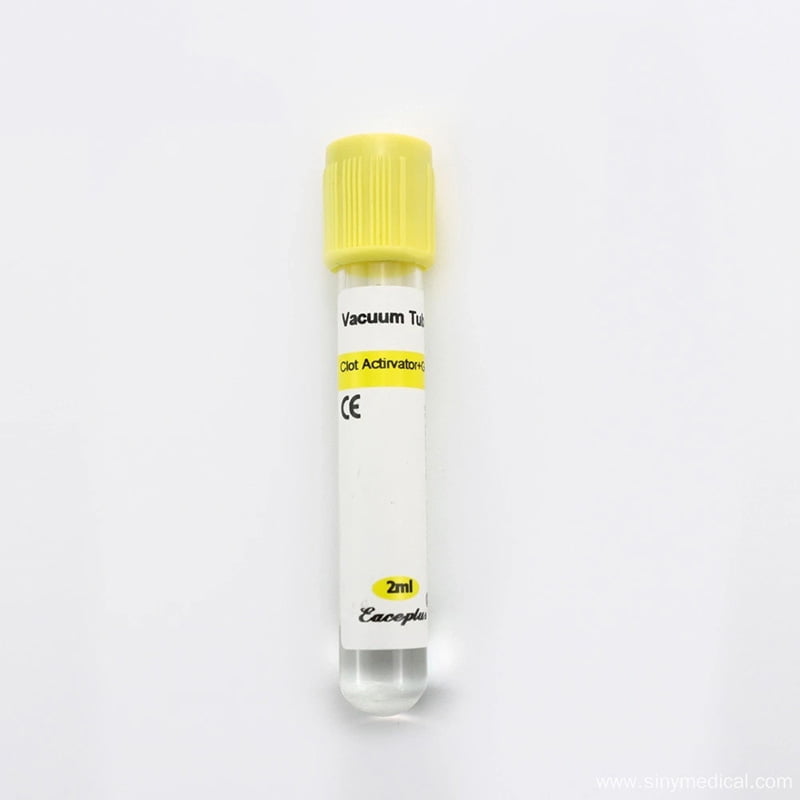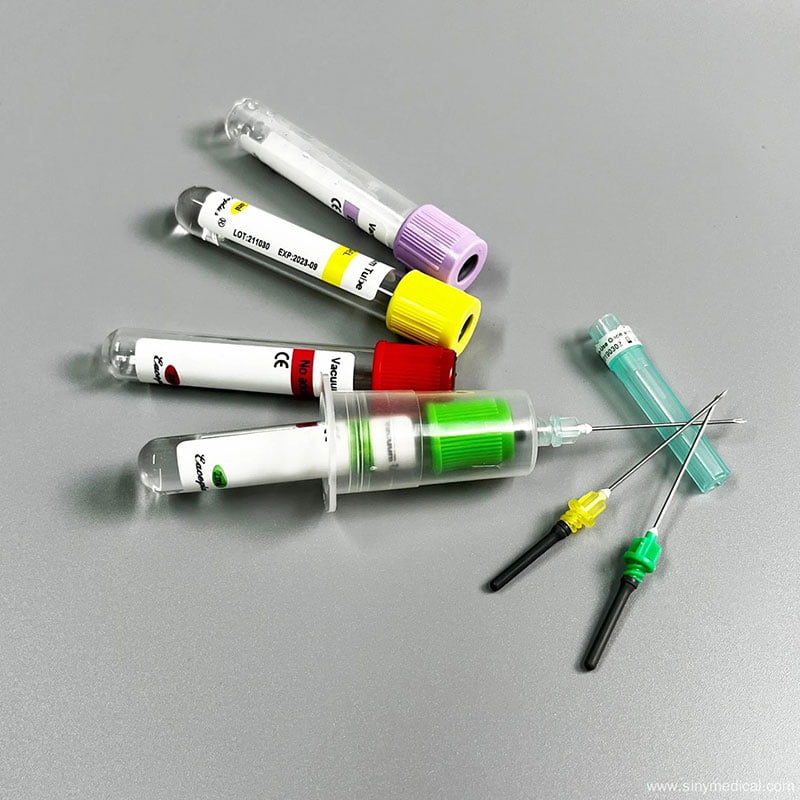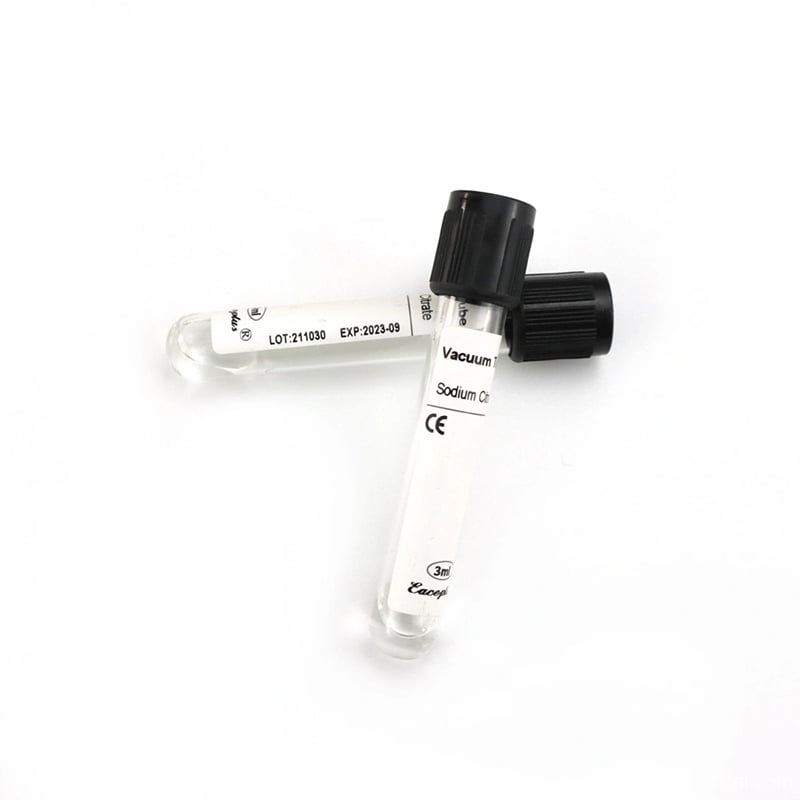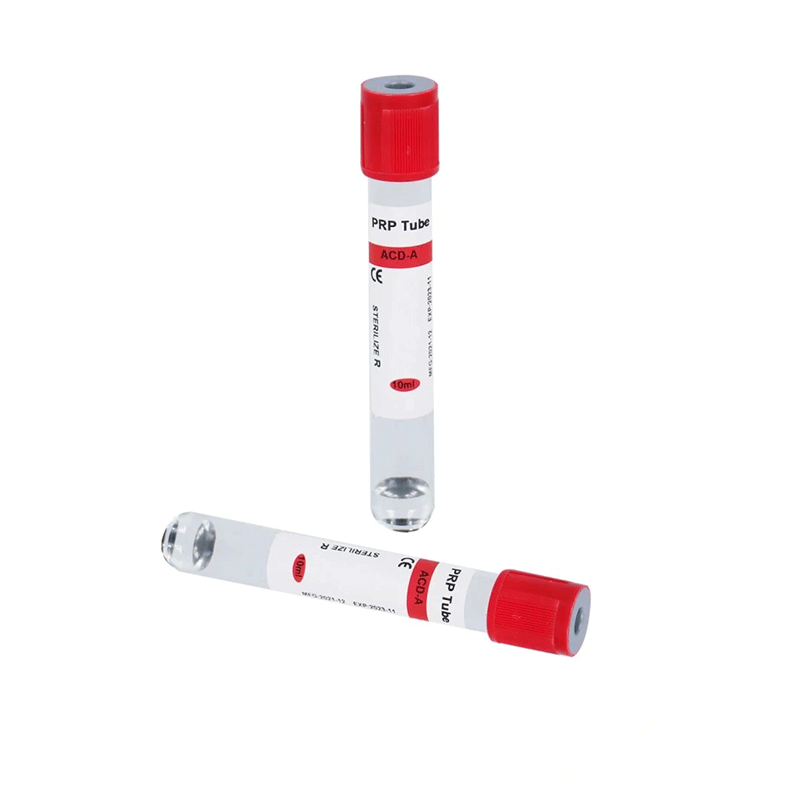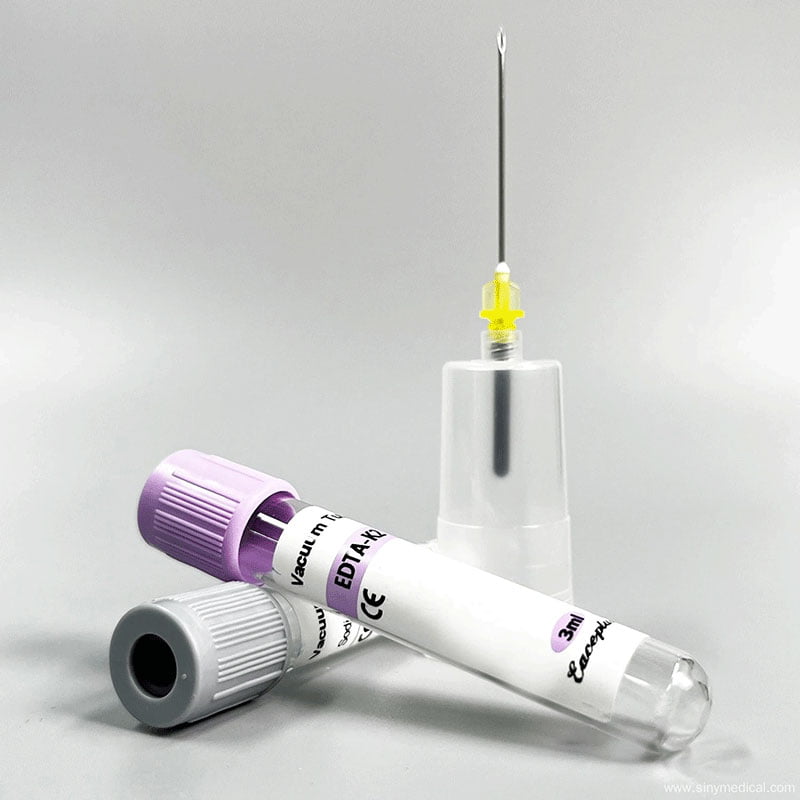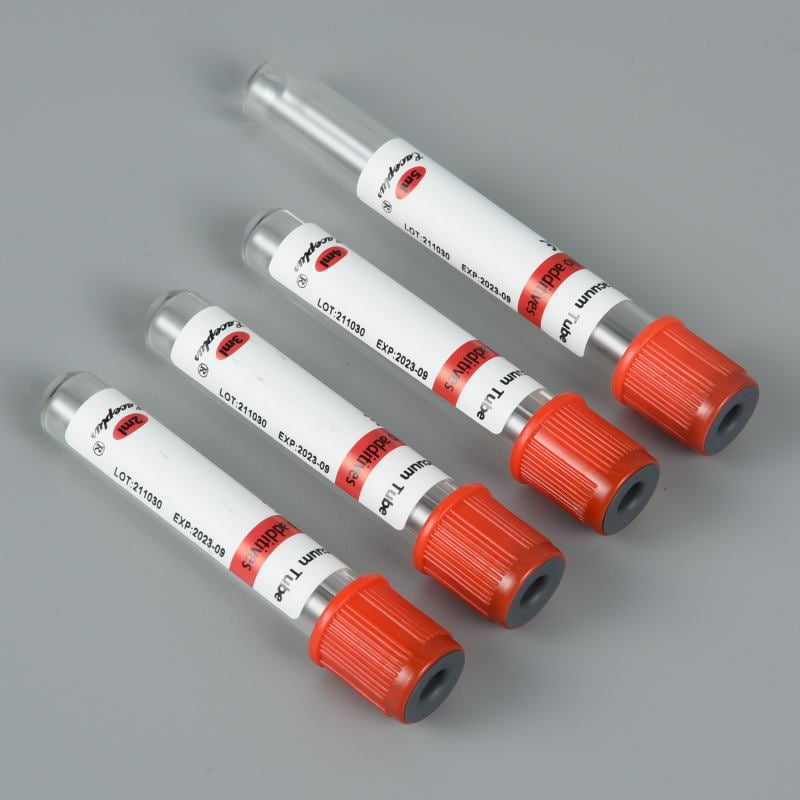Self-adhesive elastic bandages are a versatile and essential tool in both medical and athletic settings. They provide support, compression, and protection for injuries, making them a must-have in first aid kits. Whether you’re an athlete, a healthcare professional, or someone looking to manage minor injuries at home, understanding how to use a self-adhesive elastic bandage correctly is crucial.
If you’re looking for high-quality options, you can check out Siny Medical’s elastic self-adhesive waterproof bandage, which is trusted worldwide for durability and comfort.
Table of Contents
What is a Self-Adhesive Elastic Bandage?
A self-adhesive elastic bandage is a type of medical wrap that sticks to itself without the need for clips or pins. Made from materials like latex-free elastic fibers, it provides gentle compression and support to injured areas. Unlike traditional bandages, it doesn’t require additional fasteners, making it convenient and secure.

These bandages are commonly used for:
- Sprains and strains: Providing support to joints like ankles, wrists, and knees.
- Post-surgical care: Reducing swelling and promoting healing.
- Athletic injuries: Offering stability during physical activities.
- Chronic conditions: Managing conditions like lymphedema or varicose veins.
For high-quality self-adhesive elastic bandages, check out Siny Medical’s product range.
Benefits of Using a Self-Adhesive Elastic Bandage
The popularity of this bandage is no coincidence. It offers several advantages over traditional wraps:
1. Convenience and Ease of Use
No clips, no glue, no hassle—it sticks to itself, making it easy to apply even if you’re alone.
2. Comfort and Safety
Since it doesn’t stick to skin or hair, there’s no painful removal process. Plus, it’s breathable, reducing the risk of skin irritation.
3. Adjustable Compression
You can control how tight or loose you want the wrap, which makes it ideal for different levels of support.
4. Versatility
From sports injuries to everyday wound care, this bandage is truly multipurpose.
5. Durability and Waterproof Options
Many versions, like the waterproof self-adhesive medical bandages, offer extended wear without losing their grip.
When Should You Use a Self-Adhesive Elastic Bandage?
This bandage is perfect for a wide range of situations. Some common uses include:
- Sprains and Strains – Provides compression and stability to injured muscles or joints.
- Swelling Control – Helps reduce swelling by applying gentle pressure.
- Post-Surgery Dressing – Keeps wound dressings in place securely.
- Sports Protection – Athletes often use it for joint support and injury prevention.
- Everyday First Aid – Great addition to home and travel first aid kits.
If you’re stocking up for clinics, hospitals, or sports facilities, check out Siny Medical’s full medical bandage.
How to Apply a Self-Adhesive Elastic Bandage Step by Step
Applying this bandage correctly makes all the difference. Here’s a detailed step-by-step guide:
Step 1: Prepare the Area
Make sure the skin is clean and dry. If there’s a wound, cover it with sterile gauze before wrapping.
Step 2: Choose the Right Size
Bandages come in different widths—typically 5 cm, 7.5 cm, 10 cm, or more. For example, use a narrower wrap for fingers and a wider one for ankles or thighs.
Step 3: Start Wrapping Below the Injury Site
Begin at the area just below the injury or swelling. Hold the starting edge in place and begin wrapping upward.
Step 4: Apply Even Pressure
Stretch the bandage slightly while wrapping, but not too tightly. Overlap each layer by about half the width of the bandage.
Step 5: Secure the End
Since the bandage sticks to itself, gently press the last layer against the wrap to secure it—no clips needed.
Step 6: Check Circulation
After application, check fingers or toes for normal color and warmth. If they appear blue, cold, or numb, re-wrap with less tension.
For professional-quality wraps, explore Siny Medical bandages for medical use.
How to Choose the Right Self-Adhesive Elastic Bandage
When selecting a self-adhesive elastic bandage, consider the following factors:
1. Size
Choose a bandage width that matches the area you’re wrapping. For example, a wider bandage is better for larger joints like knees.
2. Material
Opt for latex-free options if you have sensitive skin or allergies.
3. Compression Level
Select a bandage that offers the right amount of compression for your needs.
4. Brand Reputation
Trusted brands like Siny Medical ensure high-quality and reliable products.
For a variety of options, explore Siny Medical’s Medical Bandage Suppliers.
Wrapping It Up
The self-adhesive elastic bandage is more than just a simple wrap—it’s a medical essential that provides support, stability, and comfort. Whether you’re an athlete dealing with sprains, a caregiver managing wound care, or a medical professional stocking supplies, knowing how to use this bandage properly can make all the difference in healing and recovery.
For the best in quality and reliability, explore Siny Medical’s complete range of bandages and place your order today. And if you’ve got questions, don’t hesitate to contact Siny Medical.
FAQs
1. Can I reuse a self-adhesive elastic bandage?
Yes, but only if it hasn’t lost its elasticity or cohesive properties.
2. How long can I wear the bandage?
It depends on the injury. Typically, remove and reapply every few hours to check circulation and comfort.
3. Can I shower with it?
Regular versions are not waterproof, but waterproof self-adhesive bandages are available for such needs.
4. Are these safe for children?
Yes, but make sure the bandage isn’t applied too tightly. Always supervise children.
5. Do hospitals use these bandages?
Absolutely. They are widely used in clinics, hospitals, and sports facilities worldwide.

